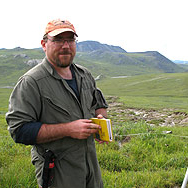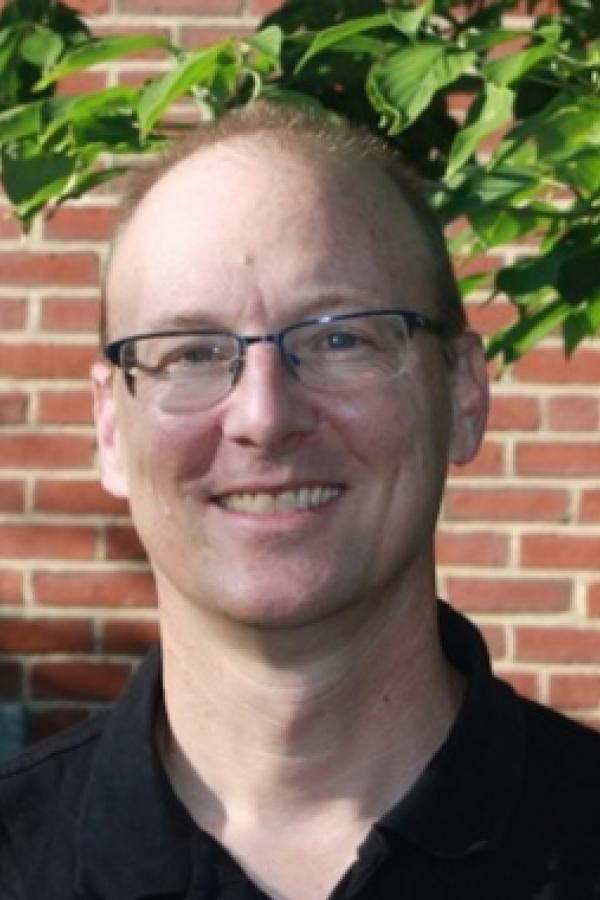Stream networks are intimately connected to the landscapes through which they flow and significantly transform nutrients and organic matter that are in transport from landscapes to oceans. In previous research we studied several arctic headwater streams to determine how the seasonal development of the thaw basin (thawed sediments under streams) interacts with the hyporheic zone (a layer of surface sediments that contains water which exchanges continuously with water in the open channel). During this study we measured significant rates of net N and P regeneration from (or uptake by) the hyporheic zone during the mid-summer. In many cases this regeneration was important relative to, for example, the amount of N and P required to support primary production in these streams.
We seek to address two questions:
- How important is hyporheic regeneration relative to other important ecosystem or landscape fluxes (e.g. hyporheic mineralization, throughflow, lateral flow)?
- How does the interaction among these processes differ over the extreme arctic season?
During the "shoulder seasons" in the arctic (spring and fall) the extent of sub-stream thaw basin controls the extent of the hyporheic zone, while during the summer the thaw basin is generally deeper than the hyporheic zone. This creates a situation – unique to the arctic – in which the hyporheic zone and its influences on stream biogeochemical processes change seasonally from being non-existent in the early spring and late fall to being fully formed and functional in the summer. Simultaneously, important terrestrial ecosystem characteristics and processes that affect stream function also vary seasonally (e.g., snowmelt, vegetation influences, DOM quantity and quality, microbial activity).
We propose to quantify the relative influences of throughflow, lateral inputs, and hyporheic regeneration on the seasonal fluxes C, N, and P in an arctic river network, and determine how these influences will shift under seasonal conditions that are likely to be substantially different in the future.
Project Location
Conference Abstracts
Wlostowski, A.N., M.N. Gooseff, W.B. Bowden, W.M. Wollheim, M. Herstand, C.C. Treat, and B.L. McGlynn, "Channel water balances in Arctic tundra streams", AGU Fall Meeting, San Francisco, CA, Abstract H31D-1032 (2010).
Dates
-Members
Principal Investigator

Principal Investigator

Principal Investigator

